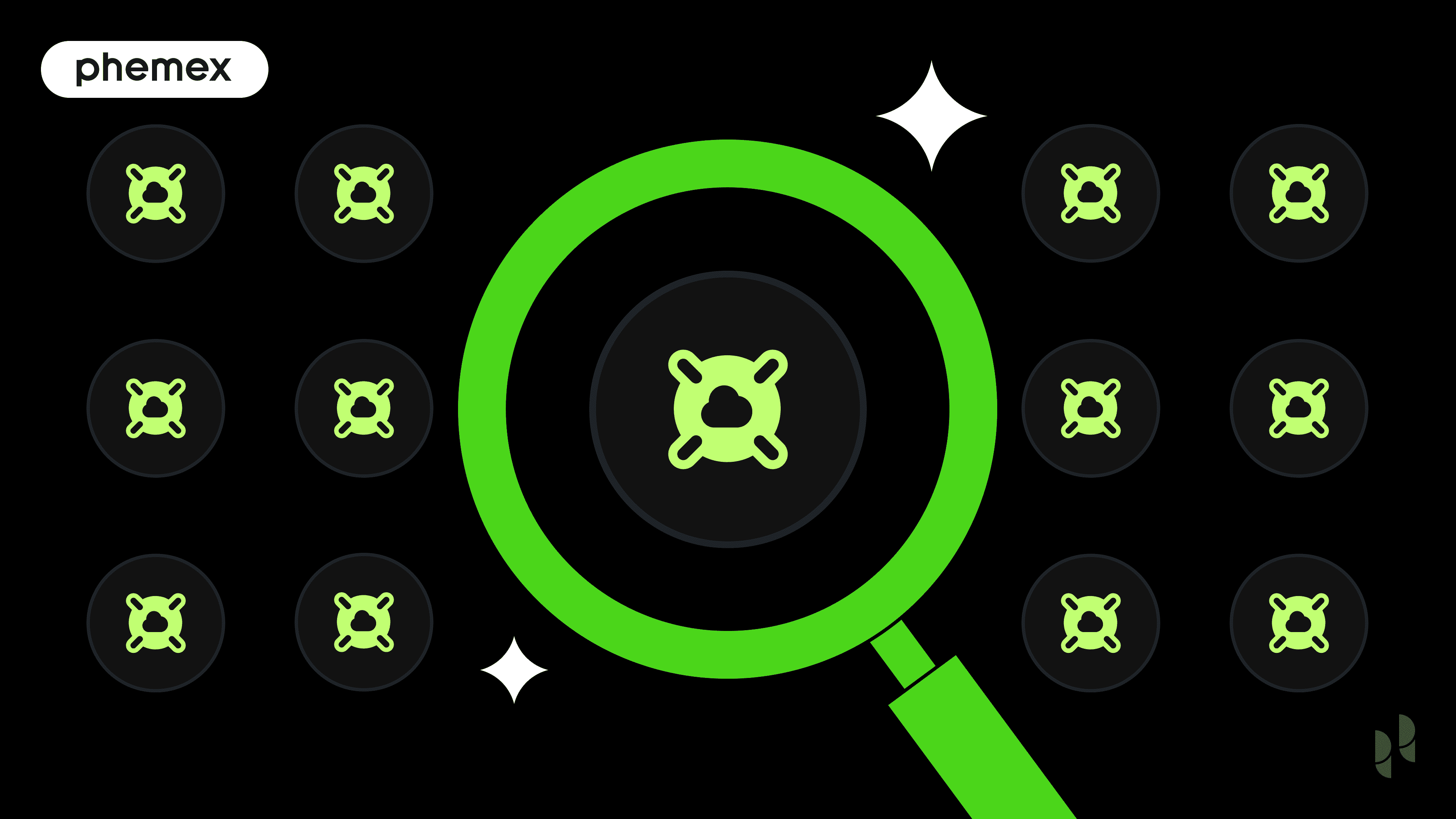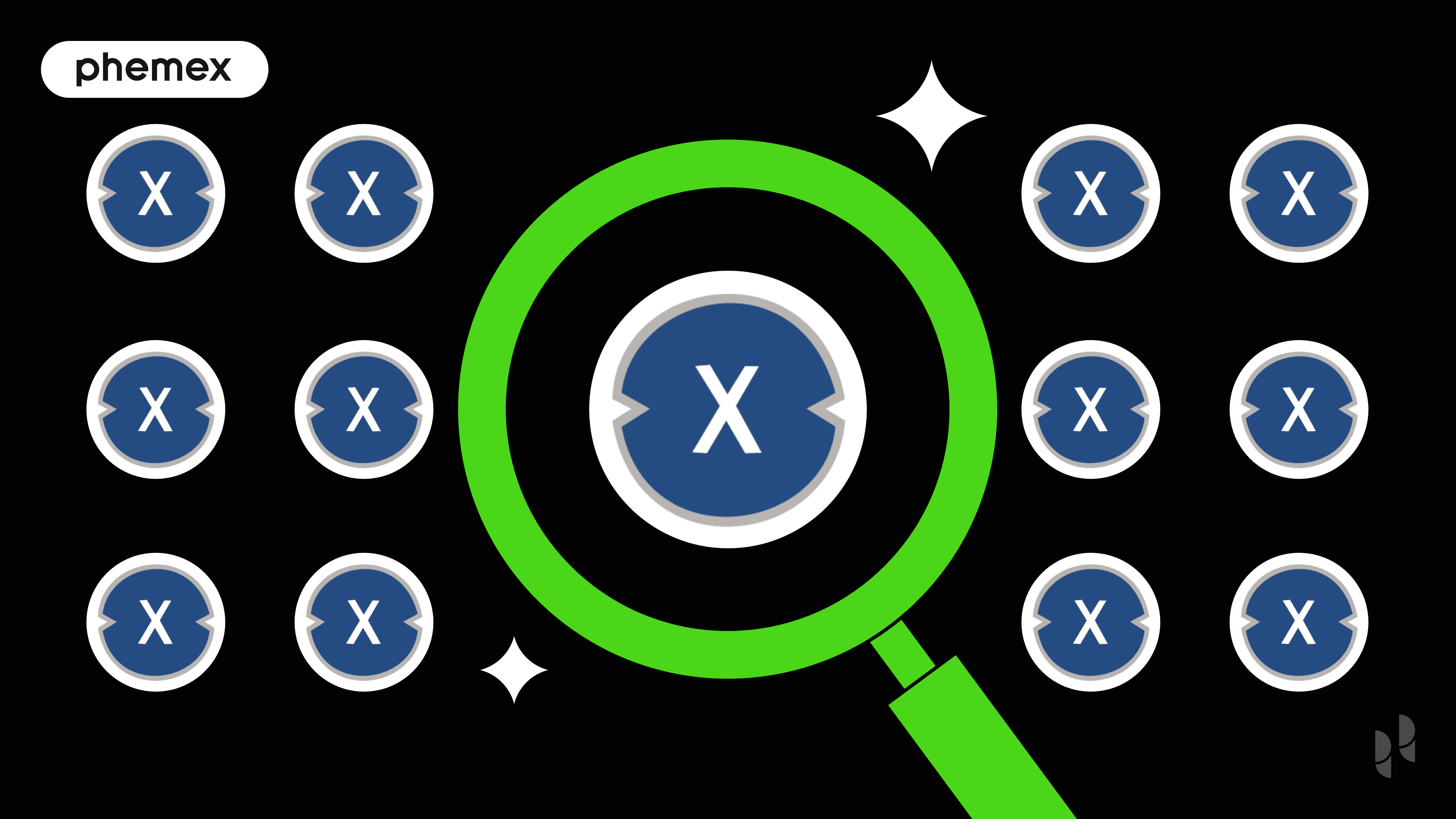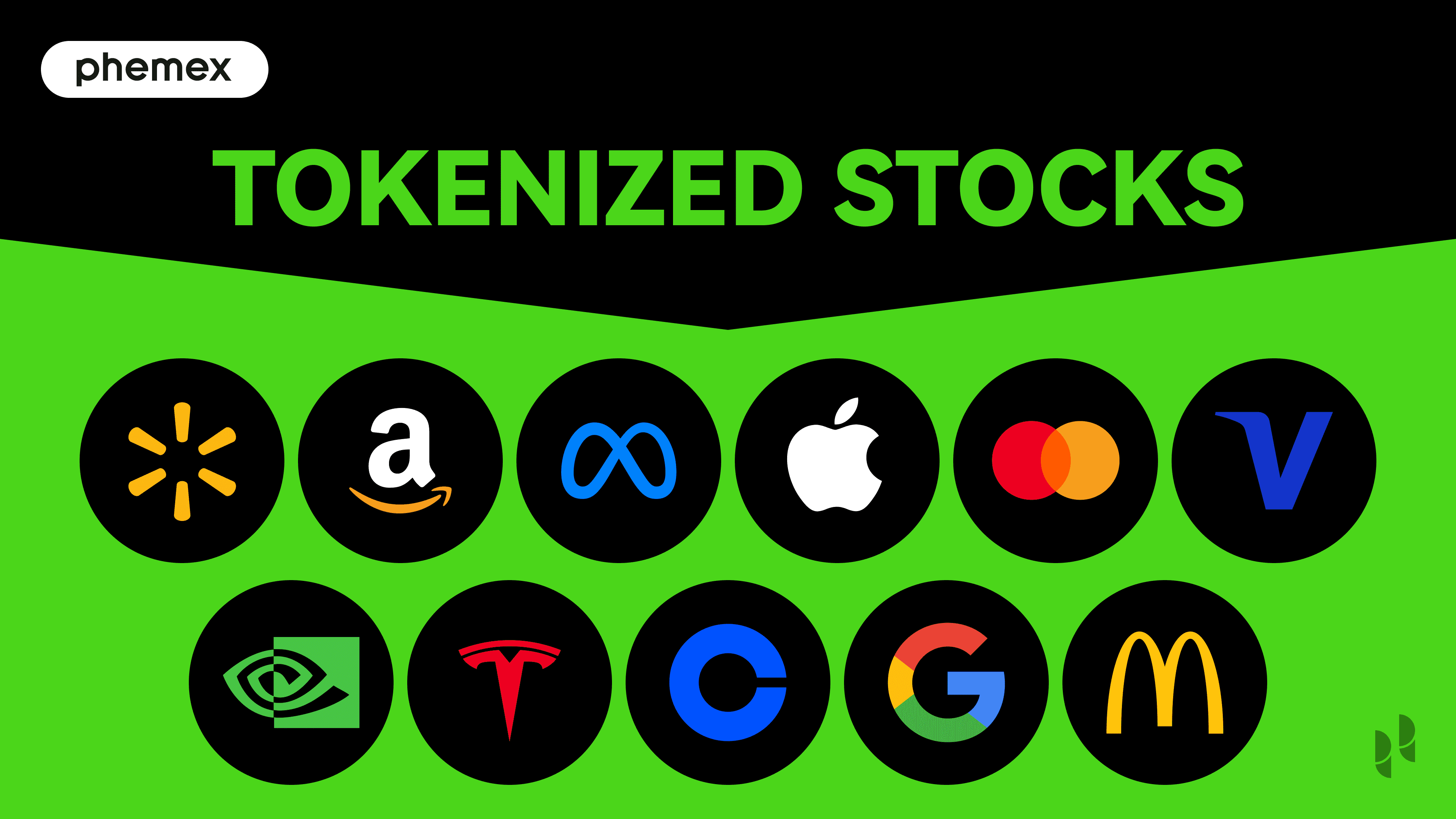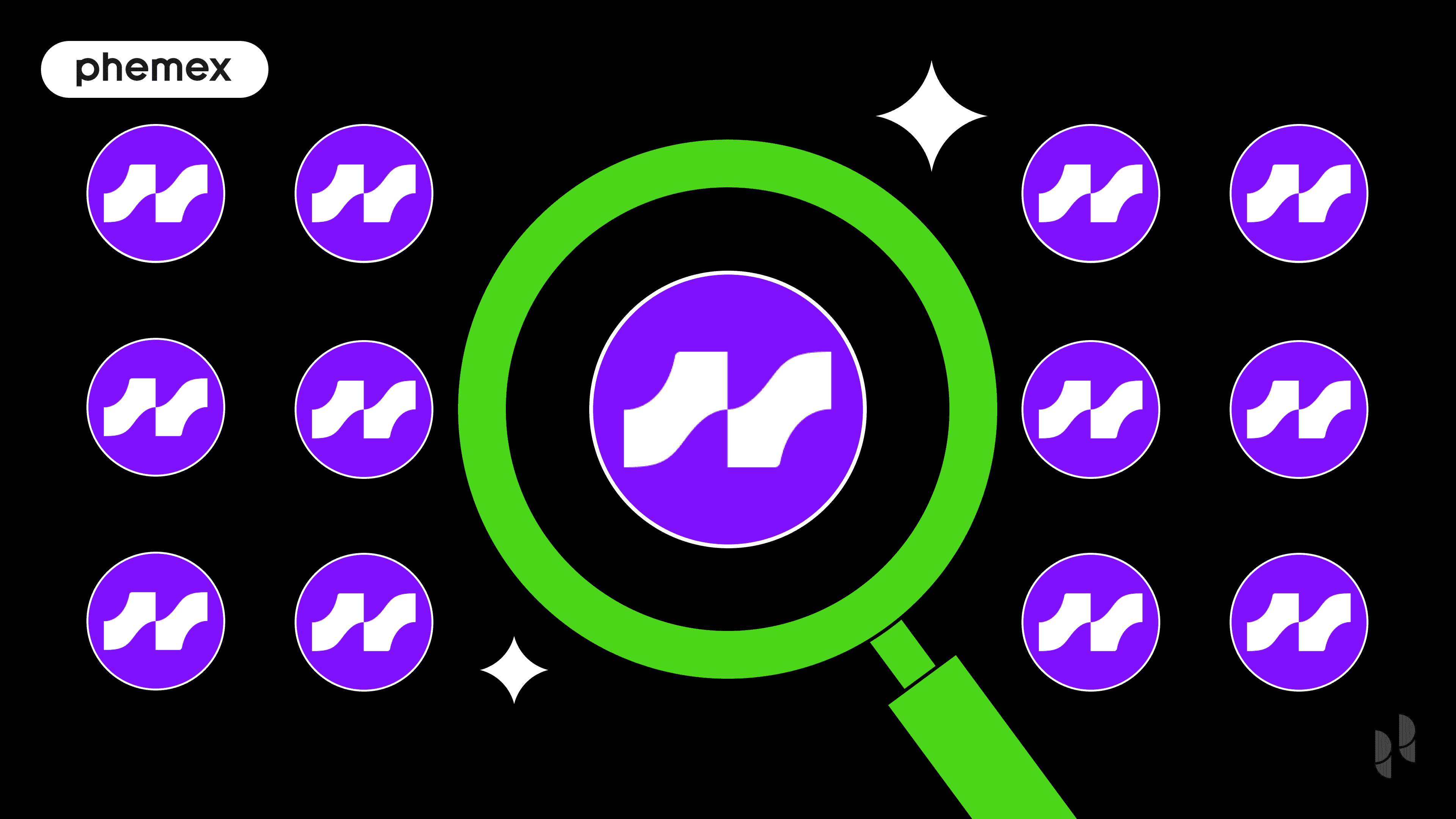Key Takeaways:
-
PinLink is the first protocol to combine Real-World Asset (RWA) tokenization with Decentralized Physical Infrastructure Networks (DePIN).
-
It addresses the cost inefficiencies of existing DePINs, making physical infrastructure more accessible and cost-effective for AI developers.
-
The PIN token allows holders to stake and earn real-yield revenue from multiple platform fee sources.
-
PinLink allows DePIN asset owners to tokenize their assets as ERC-1155 tokens, enabling fractional ownership and new revenue streams.
-
PinLink's platform is enhanced by its proprietary PinAI performance optimization suite.
Introduction
In the evolving landscape of cryptocurrency, new projects continually emerge to address specific challenges and unlock new possibilities. One such project gaining attention is PinLink (PIN), a platform that stands at the intersection of Real-World Assets (RWAs) and Decentralized Physical Infrastructure Networks (DePIN). This article explores what PinLink is, why it matters, and how you can prepare to trade it.
Quick Facts About PinLink (PIN):
| Ticker Symbol: | PIN |
| Chain: | Ethereum |
| Token Standard: | ERC-20 (PIN Token) / ERC-1155 (RWAs) |
| Contract Address: | 0x2e44f3f609ff5aA4819B323FD74690f07C3607c4. |
| Circulating Supply: | Approximately 88.21 million PIN. |
| Max Supply: | 100 million PIN. |
| Primary Use Case: | RWA-Tokenized DePIN Platform. |
| Current Market Cap: | Approximately $71.83 million. |
| Availability on Phemex: | Not available (as of writing) |
What Is PinLink?
PinLink is the first platform to combine Real-World Asset (RWA) tokenization with a Decentralized Physical Infrastructure Network (DePIN). In simple terms, it allows owners of physical infrastructure, such as computer hardware, to tokenize these assets and make them available for others to use.
The primary problem PinLink aims to solve is the high cost of physical infrastructure for AI developers. By creating a decentralized network, PinLink offers a more cost-effective solution for accessing essential resources like GPUs, TPUs, and cloud storage. This positions PinLink as a significant player in the growing fields of AI, Big Data, DeFi, and robotics. For an in-depth understanding of PinLink, you can refer to the official Project Website and the Project Whitepaper.
PinLink's Innovative Approach to DePIN
While DePINs offer a decentralized way for AI developers to rent hardware, they have often struggled to be significantly cheaper than centralized alternatives. PinLink addresses this by introducing a novel RWA-tokenized model.
Instead of just allowing hardware owners to rent out their device's capacity, PinLink enables them to mint an ERC-1155 token that represents ownership of the physical asset itself. This creates two distinct opportunities:
-
Renting Capacity: Owners earn income by renting out their hardware's computing power to AI developers, similar to other DePINs.
-
Selling Ownership Stakes: Owners can sell fractional shares of their tokenized hardware to passive investors who want to earn a portion of the rental income without owning the physical asset.
This dual-revenue model benefits the entire ecosystem. Hardware owners gain financial flexibility, while AI developers benefit from lower costs, as fees from the RWA token sales are used to subsidize rental rates. The model starts with infrastructure for AI developers but aims to expand to other sectors like blockchain mining, IoT, and wireless networks.
How Many PinLink (PIN) Are There?
Understanding the token supply of a cryptocurrency is crucial for assessing its potential value. PinLink has a fixed maximum supply of 100 million PIN tokens. While the RWAs on PinLink are represented by ERC-1155 tokens, the native PIN token itself is an ERC-20 standard token on the Ethereum network.
The total supply breakdown is structured as follows:
-
80% is added to the Uniswap liquidity pool to ensure market availability.
-
10% is reserved for PinLink staking rewards, vested over 24 months to incentivize long-term participation.
-
10% is reserved for the PinLink treasury to fund CEX listings, partnerships, and other strategic initiatives.
This distribution model emphasizes liquidity and community rewards, with a clear allocation for ecosystem growth.
What Does PinLink (PIN) Do?
The PIN token is the utility token that powers the PinLink ecosystem. Its primary use cases include:
-
Payments: AI developers use PIN tokens to rent DePIN assets on the network.
-
Staking for Real Yield: PIN holders can stake their tokens into locked sPIN tokens to receive a share of PinLink’s real-yield revenues. These rewards are paid out in both PIN and ETH. The revenue is generated from four distinct sources:
-
PIN Platform Fees: A 2% fee on all service user rental payments.
-
RWA Sales Fees: A 2% transaction fee on all RWA ERC-1155 token sales.
-
Rebate Fund Yield Fees: A 20% fee on all yields generated by the Service User Rebate Fund.
-
Buy/Sell Tax: A 5% tax charged in ETH on all PIN buy and sell transactions.
-
-
Governance: Staked PIN tokens also grant holders voting rights, allowing them to participate in the governance of the platform and influence its future development.
Seventy percent of the non-tax revenues are distributed to sPIN stakers. The remaining 30% of platform fees, plus all revenue from the buy/sell tax, are transferred to the protocol treasury to fund operational costs.
PinLink vs. Bitcoin
While both PinLink and Bitcoin are cryptocurrencies, they serve fundamentally different purposes and are built on different technologies.
| Feature | PinLink (PIN) | Bitcoin (BTC) |
| Technology | Operates on the Ethereum blockchain as an ERC-20 token, with RWAs represented by ERC-1155 tokens. | Operates on its own blockchain. |
| Consensus Mechanism | Proof-of-Stake (via Ethereum). | Proof-of-Work. |
| Use Case | A utility token for a decentralized physical infrastructure network, focusing on RWA tokenization. | A decentralized digital currency and store of value. |
| Speed and Fees | Transactions are subject to the speed and fees of the Ethereum network. | Transactions can be slower and more expensive, especially during times of high network congestion. |
| Decentralization and Security | Security is provided by the Ethereum network. | Highly decentralized and secure due to its massive and distributed network of miners. |
The Technology Behind PinLink
PinLink's innovative approach is made possible by its unique technological foundation:
-
Consensus Mechanism: As an ERC-20 token on the Ethereum network, PinLink leverages the Proof-of-Stake consensus mechanism, which is known for its energy efficiency and security.
-
Unique Technologies: The core of PinLink's technology is its RWA-tokenized DePIN protocol. This allows for the fractionalized ownership of DePIN assets, creating new revenue streams for asset owners and reducing costs for AI developers. The platform also utilizes the PinAI asset-optimization suite to enhance performance and cost-efficiency.
-
Infrastructure and Partnerships: PinLink is building a robust ecosystem through strategic partnerships. For instance, its collaboration with Plume Network aims to tap into the growing RWA tokenization market.
Team & Origins
The PinLink team consists of experienced professionals from the fields of crypto mining, renewable energy, IT, and blockchain development. The CEO is the former VP of Engineering at Engine, a successful blockchain venture. This expertise is crucial for achieving the project's long-term strategic goals and ensuring its sustainability. The project's phased roadmap began in September 2024, with plans to open up the marketplace to third-party DePIN asset owners in early 2025.
Key News & Events
Staying informed about the latest developments is essential for anyone interested in a cryptocurrency project. Here are some of the key news and events related to PinLink:
-
Exchange Listings: PinLink has been listed on several centralized and decentralized exchanges, increasing its accessibility to a wider range of traders.
-
Mainnet Launch: The mainnet for the Pinnacle RWA-Tokenized DePIN marketplace was launched in March 2025.
-
Staking Launch: PIN staking was introduced on December 18th, 2024, allowing token holders to earn rewards.
-
New Features: PinLink has announced upcoming features, including HashLink, a marketplace for tokenized hashrate futures, and a USDC-based tokenized DePIN shop.
For the latest news about PIN, be sure to follow official announcements and reputable crypto news sources.
Is PinLink a Good Investment?
Determining whether PinLink is a good investment depends on your individual financial goals and risk tolerance. Here are some factors to consider:
-
Past Performance: The price of PIN has seen significant fluctuations since its launch, with an all-time high of around $4.30 and an all-time low of approximately $0.02474.
-
Community Growth: The project has been gaining traction and is being followed by some prominent figures in the crypto space.
-
Technology and Market Positioning: PinLink's unique approach to combining RWAs and DePINs places it in a strong position to capitalize on the growth of the AI and decentralized infrastructure sectors.
-
Risks: Like all cryptocurrencies, PIN is subject to market volatility and regulatory risks.
Disclaimer: This is not financial advice. Crypto trading involves risks; only invest what you can afford to lose. Always conduct your own research before making any investment decisions. The PIN price can be volatile, so it's important to stay informed about market trends.
How to Buy PinLink on Phemex?
While PinLink is not yet available on Phemex, you can prepare for its potential listing by creating an account on the platform. Phemex is known for its user-friendly interface and secure trading environment. Once PIN is listed, you will be able to follow the steps on the platform to how to buy PIN and trade PIN. In the meantime, you can explore other cryptocurrencies available on Phemex. For more information on how to get started, you can explore the Phemex Academy.
FAQs
What is PinLink (PIN)?
PinLink is a cryptocurrency project that has created the first Real-World Asset (RWA) tokenized Decentralized Physical Infrastructure Network (DePIN). It allows owners of physical hardware to tokenize their assets and rent them out to AI developers and other users, reducing costs and creating new income streams.
What is the main use case for the PIN token?
The PIN token is the utility token of the PinLink ecosystem. It is used for payments to rent DePIN assets, for staking to secure the network and earn real-yield rewards in PIN and ETH, and for governance, allowing token holders to vote on proposals related to the platform's development.
What is the maximum supply of PIN tokens?
The maximum supply of PinLink is capped at 100 million PIN tokens.






